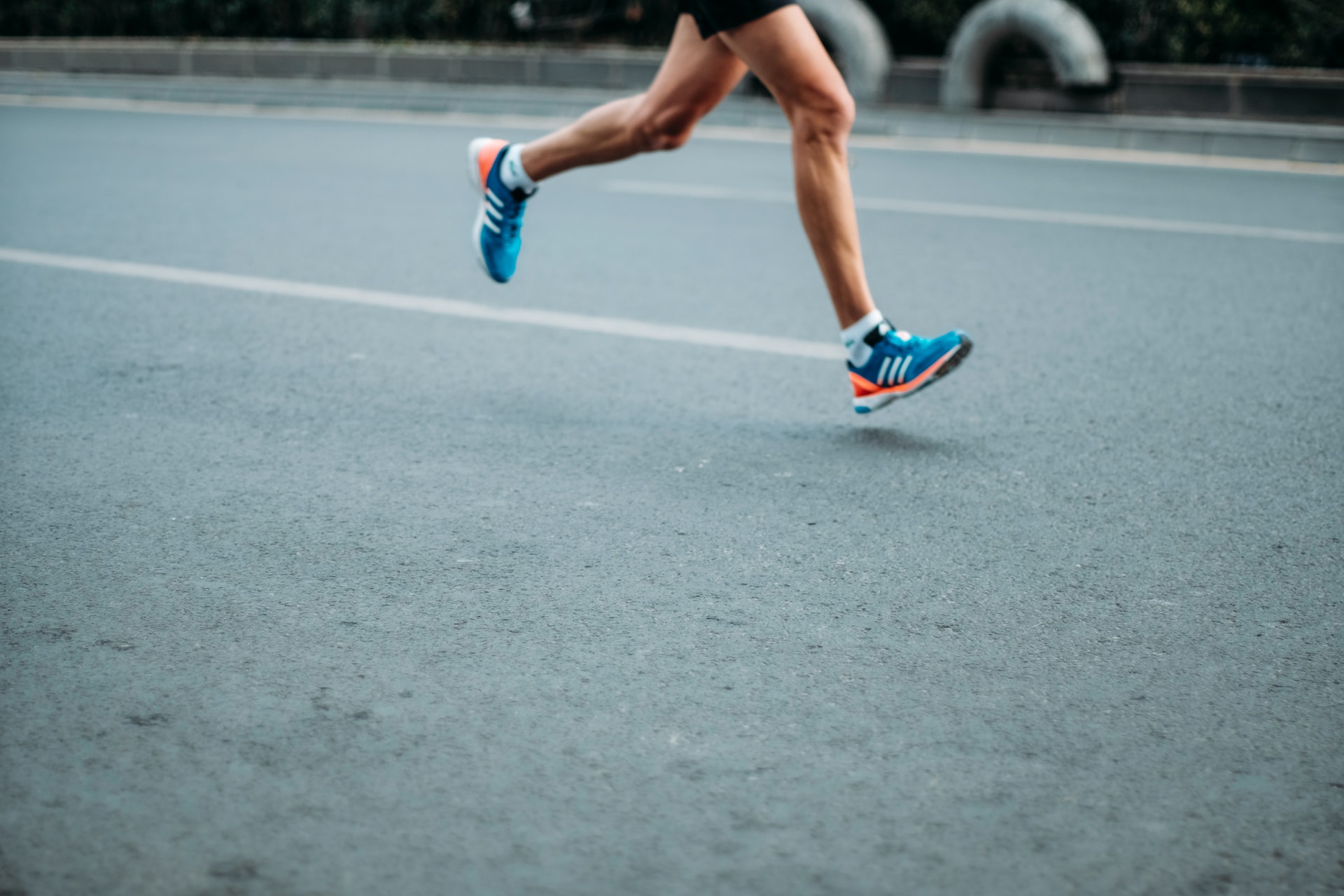Mastering Running Mechanics: Unveiling the Secrets of Efficient Gait
Running is a natural human activity that has been practiced for centuries. Whether you’re a professional athlete or a recreational runner, understanding the mechanics of running and optimizing your gait can significantly affect your performance. In this article, we will explore the secrets of efficient running mechanics and the fascinating world of gait analysis.
The Basics of Running Mechanics
Before we dive into gait analysis, it’s essential to have a good grasp of the basic mechanics involved in running. When you run, your body goes through complex movements involving multiple joints, muscles, and tendons working together in harmony.
Stride Length and Cadence
Two fundamental components of running mechanics are stride length and cadence. Stride length refers to the distance covered with each step, while cadence represents the number of steps taken per minute. Finding the right balance between stride length and cadence is crucial for efficient running.
Foot Strike Patterns
Foot strike patterns play a vital role in running mechanics. There are three primary foot strike patterns: heel, midfoot, and forefoot. Each pattern has pros and cons, and the most suitable one depends on various factors such as running speed, terrain, and individual biomechanics.
The Power of Gait Analysis
Gait analysis is a process that involves evaluating and assessing an individual’s running gait to identify any biomechanical irregularities or inefficiencies. Experts can gain valuable insights into an athlete’s running mechanics by analyzing factors such as stride length, cadence, foot strike, and body alignment.
Visual Observation
One of the simplest and most common gait analysis methods is visual observation. Trained professionals can assess your running form by watching you run on a treadmill or outdoors. They look for any noticeable issues, such as excessive pronation, lateral sway, or asymmetrical movements, that may impact your efficiency and increase the risk of injury.
Video Analysis
Video analysis takes gait analysis a step further by capturing your running form on camera. With the help of specialized software, experts can break down your running mechanic’s frame by frame, allowing for a more detailed examination. Video analysis enables a thorough evaluation of various angles and can reveal subtle abnormalities that may not be apparent to the naked eye.
Advanced Techniques: Force Plates and Motion Capture
Technologies like force plates and motion capture systems can provide highly accurate data for more advanced gait analysis. Force plates measure the ground reaction forces generated during running, helping identify imbalances or excessive loading on specific joints. Motion capture systems use markers on key anatomical landmarks to track joint movements and analyze the entire running kinematics.
Benefits of Optimizing Running Mechanics
Now that we understand the importance of running mechanics and gait analysis let’s explore the benefits of optimizing your running form.
Enhanced Performance
Efficient running mechanics can significantly improve your performance as a runner. By optimizing your stride length, cadence, and foot strike pattern, you can increase your running speed, reduce energy expenditure, and maintain a better running economy. You can achieve a more fluid and effortless running motion with practice and proper training.
Injury Prevention
Another advantage of mastering running mechanics is the prevention of running-related injuries. Many common running injuries, such as shin splints, IT band syndrome, and plantar fasciitis, can be attributed to biomechanical abnormalities. By identifying and correcting these issues through gait analysis, you can reduce the risk of injury and ensure the longevity of your running career.
Efficient Energy Utilization
Optimizing your running mechanics allows for more efficient energy utilization. By aligning your body correctly and reducing unnecessary movements, you can conserve energy and maintain a steady pace for extended periods. This becomes particularly important during endurance events such as marathons or ultramarathons, where efficient energy management is crucial.
Better Posture and Alignment
Proper running mechanics promote good posture and alignment during running and everyday life. Developing strong core muscles and maintaining a neutral spine while running can improve your overall posture and alignment, reducing the risk of musculoskeletal imbalances and related issues.
Strategies for Improving Running Mechanics
Now that we understand the significance of efficient running mechanics let’s explore some strategies to improve your gait and optimize your running form.
Strength and Conditioning
Regular strength and conditioning exercises can enhance the strength and flexibility of the muscles involved in running. Focusing on exercises that target the core, hips, glutes, and lower limbs can improve your stability, power, and overall running mechanics.
Running Drills and Technique Work
Incorporating specific running drills and technique work into your training regimen can also make a significant difference. Exercises such as high knees, butt kicks, and strides can help develop proper form, reinforce muscle memory, and improve stride length and cadence.
Gradual Progression and Rest
It’s essential to gradually progress your training and allow for proper rest and recovery. Sudden increases in mileage or intensity can overload your muscles and increase the risk of injury. Listening to your body, incorporating rest days, and following a structured training plan will give your body time to adapt and improve running mechanics.
Professional Guidance
Seeking professional guidance from coaches, physical therapists, or running specialists can provide invaluable insights and personalized recommendations. These experts can conduct a thorough gait analysis, identify specific areas for improvement, and provide guidance on training techniques, strengthening exercises, and form corrections.
Conclusion
Mastering running mechanics and understanding the secrets of efficient gait can take your running performance to new heights. Analyzing your gait and making necessary adjustments can enhance your performance, prevent injuries, and optimize energy utilization. Incorporate the strategies mentioned in this article, and don’t hesitate to seek professional guidance to maximize your running potential. Remember, efficient running mechanics are the key to unlocking your full running prowess. So lace up your shoes, hit the road or the trail, and enjoy the transformative journey of mastering your gait and becoming a more efficient runner.

